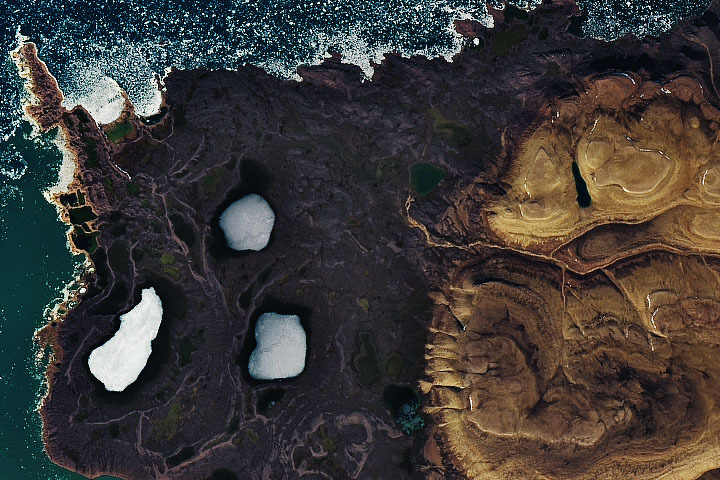Going with the flow: Fisheries field crew stays safe and gets the job done
 “What does a U.S. Fish and Wildlife Service field crew do when the start of the field season coincides with a rising global pandemic? The Klamath River flows 257 miles from Oregon through California to the Pacific Ocean, and is the second largest in California behind the Sacramento River. The Fish and Aquatic Conservation program in Arcata, California, quickly learned the true meaning of adapt. As they began what would soon become an unprecedented season of monitoring juvenile salmon on the Klamath River, the crew discovered how to navigate the changing times to ‘go with the flow.’ … ” Click here to read this article from the US FWS here: Going with the flow: Fisheries field crew stays safe and gets the job done
“What does a U.S. Fish and Wildlife Service field crew do when the start of the field season coincides with a rising global pandemic? The Klamath River flows 257 miles from Oregon through California to the Pacific Ocean, and is the second largest in California behind the Sacramento River. The Fish and Aquatic Conservation program in Arcata, California, quickly learned the true meaning of adapt. As they began what would soon become an unprecedented season of monitoring juvenile salmon on the Klamath River, the crew discovered how to navigate the changing times to ‘go with the flow.’ … ” Click here to read this article from the US FWS here: Going with the flow: Fisheries field crew stays safe and gets the job done
Massive seagrass die-off leads to widespread erosion in a California estuary
“The large-scale loss of eelgrass in a major California estuary — Morro Bay — may be causing widespread erosion, according to a new study from California Polytechnic State University. In recent years, Morro Bay’s iconic eelgrass beds, which provide the estuary’s primary living habitat, experienced a massive die-off, declining more than 90 percent since 2007. Efforts to restore the eelgrass have had mixed success in many parts of the bay, and this seagrass is now only found close to the mouth of the bay and sporadically in other regions. … ” Read more from Science Daily here: Massive seagrass die-off leads to widespread erosion in a California estuary
Radio show: How the California Fish Passage Forum clears the way
“Our region is famous for salmon and other fish that return from the ocean and swim past major obstacles to return to spawning grounds in fresh water. But we’ve put a lot of obstacles in their way over the years, in the form of dams and other human-built structures. The California Fish Passage Forum brings together public and private groups and agencies working to remove barriers to fish passage. We get a quick lesson in the projects and progress of the Forum in an interview with Chair Bob Pagliuco and Coordinator Alicia Marrs.” Listen at Jefferson Public Radio here: How California Fish Passage Forum clears the way
Researchers identify factor behind 2017 Oroville Dam Spillways incident
“In a February 2017 incident, failures in the spillways of Oroville Dam forced the evacuation of 188,000 people and caused $1 billion in damage repairs. According to scientists, a warmer climate might create more dangerous events like this. Researchers at Scripps Institution of Oceanography at the University of California San Diego and the University of Colorado analyzed the event to understand why there was such a large inflow of water into the reservoir behind the dam leading up to the breach. They were interested in the potential role of intense “atmospheric river” storms, phenomena that transport large amounts of water vapor in focused “rivers” of precipitation to coastal areas. … ” Read more from Scripps Institution of Oceanography here: Researchers identify factor behind 2017 Oroville Dam Spillways incident
Eavesdropping on trout building their nests
“Steelhead trout (Oncorhynchus mykiss) stir up the sediment of the river bed when building their spawning pits, thus influencing the composition of the river bed and the transport of sediment. Until now, this process could only be studied visually, irregularly and with great effort in the natural environment of the fish. Now, researchers led by Michael Dietze of the GFZ German Research Centre for Geosciences in Potsdam have used seismic sensors (geophones) to analyze the trout’s nest-building process in detail. The study was published in the journal Earth Surface Processes and Landforms. To lay their eggs, trout use their caudal fins to dig pits up to three metres long on each side and ten centimetres deep into the river bed. … ” Read more from Science Daily here: Eavesdropping on trout building their nests
How a scientific spat over how to name species turned into a big plus for nature
“Taxonomy, or the naming of species, is the foundation of modern biology. It might sound like a fairly straightforward exercise, but in fact it’s complicated and often controversial. Why? Because there’s no one agreed list of all the world’s species. Competing lists exist for organisms such as mammals and birds, while other less well-known groups have none. And there are more than 30 definitions of what constitutes a species. This can make life difficult for biodiversity researchers and those working in areas such as conservation, biosecurity and regulation of the wildlife trade. … ” Read more from EcoWatch here: How a scientific spat over how to name species turned into a big plus for nature
Featured image: July Puzzler from NASA’s Earth Observatory. Do you know what this is and why it is interesting?

About Science News and Reports: This weekly feature, posted every Thursday, is a collection of the latest scientific research and reports with a focus on relevant issues to the Delta and to California water, although other issues such as climate change are sometimes included. Do you have an item to be included here? Submissions of relevant research and other materials is welcome. Email Maven



